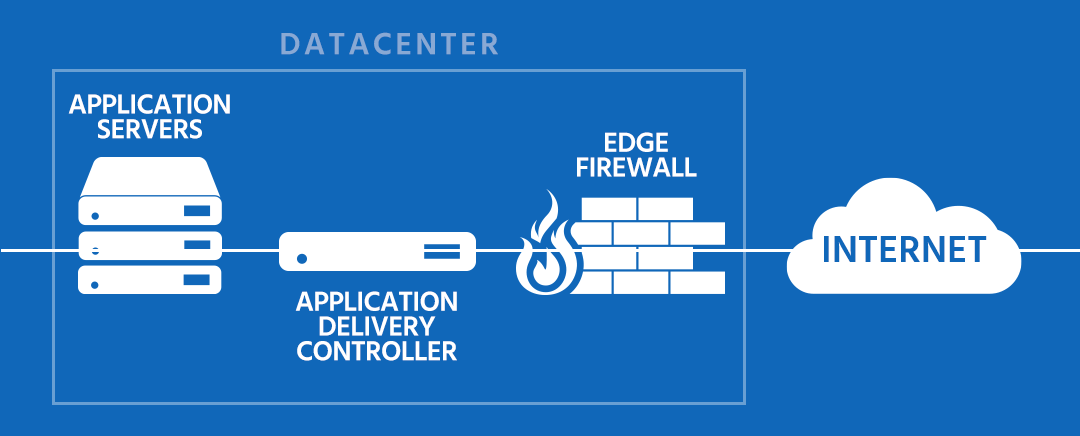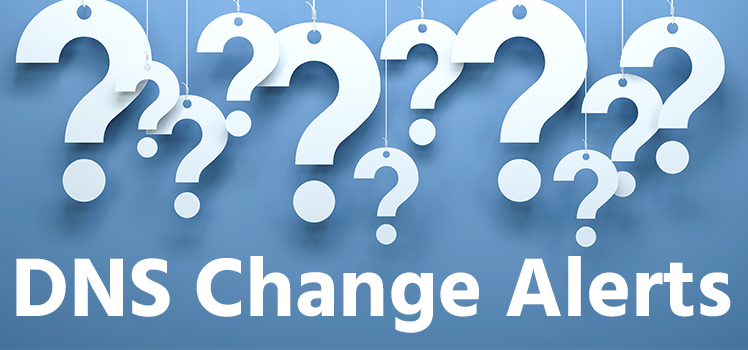What is an Application Delivery Network?
Today’s networks are focused on results. It’s not enough to have active connections with no errors. Customers expect that IT management teams do their best to deliver the applications that are essential to the success of the enterprise. The goal is complete service assurance. The environment in which these efforts at faultless application delivery take place is called the Application Delivery Network (ADN).
Purpose of the ADN
Modern technology is absolutely amazing — and complicated. In the area of data networking, experts and engineers have figured out how to layer stacks of protocols and cleverly introduce the right combination of zeros and ones to create a feature-rich IT architecture. Volumes have been written, and intense classroom instruction given, to deal with the breadth and depth of so many complex technologies.
But frankly, the client is not impressed. The customer just wants their application to work, and to perform as quickly and efficiently as possible.
The crux of the Application Delivery Network is as straightforward as its name. Network providers, vendors, and administrators must see that the application is delivered as smoothly and effectively as possible. Developers and customers are concerned about the availability, performance and security of the applications that they deliver and consume.
The Application Delivery Network Model
We touched on the Application Delivery Network in our article on the Application Delivery Controller (ADC). We discussed how the controller is one component in a basic model that includes application servers, the ADC, the firewall, and the link to the internet. Here is a diagram to show that model.

You might consider this an ADN model as well, but it is only one type of Application Delivery Network. You should know that an ADN doesn’t have to be limited to the data center. In fact, it shouldn’t be tied to a dedicated physical ADC at all. It should be fully clustered and distributed, and could all be virtual.
The same features that are accomplished by a dedicated ADC appliance can be done in the cloud with a much greater degree of security, availability and performance.
These days application delivery can be controlled and optimized in the cloud. And the traffic management possible in a cloud ADN can involve a wide variety of technologies across different types of media. Administrators can load balance connections, not just servers. The same features that are accomplished by a dedicated ADC appliance can be done in the cloud with a much greater degree of security, availability and performance.
In the Total Uptime Application Delivery Network model, the processing that optimizes applications is done in a cloud data center. This is similar to the approach that Total Uptime takes to application delivery except that the list of cloud data centers (what we refer to as POPs) are distributed globally and tightly integrated to give our customers one seamless platform with incomparable redundancy and performance.
ADN vs. CDN
While similar, an Application Delivery Network is not the same as a Content Delivery Network (CDN). The basic difference is that traditional CDN data traffic is static, while the ADN handles dynamic data network traffic. A CDN transmits and manages cacheable files that are moved and acted upon by the network. But in the ADN, the data comprises active software that processes requests from client computers.
The reason that an ADN uses edge servers and edge caching is that it helps to keep the processing as close to the end user as possible. This ensures faster delivery of the actual work that the application is doing. The fact that much of the work of the application server has been relocated to the edge of the internet means that the end user can benefit from both geographic proximity and fewer processing points along the data path.
Features of the Application Delivery Network
If you read our article on the ADC, then you already know the gist of this section. Like the ADC, the ADN performs load balancing and application acceleration. It will handle many of the same techniques of the ADC, including:
- Caching
- Compression
- Traffic shaping
- Content switching
- TCP multiplexing
ADNs can also include the functions such as a Web Application Firewall (WAF) and intrusion prevention as well as DdoS mitigation. It can also handle SSL offload and acceleration, and it can even manage application behavior.
Also like the ADC, or its cloud equivalent, an application delivery network will include functions or devices that perform wide area network optimization. A WAN optimization controller (WOC) could be a dedicated device, or it may be an array of features and capabilities built into the ADN solution.
Conclusion
There is no single way to implement an Application Delivery Network. As any modern technology professional knows, there are multiple ways to accomplish the same task within an IT infrastructure. The growth of the cloud means that an increasing number of computing functions will find their way to the latest cloud implementation. But no matter how it’s all set up, the goal is the same: secure and optimize the delivery of applications from the server environment to the end user. No doubt that delivery process will continue to improve as the technology innovations keep on coming.
 New feature: DNS Change Alerting
New feature: DNS Change Alerting  Notable Network and Cloud Outages of 2021
Notable Network and Cloud Outages of 2021  Anycast Hosting Made Easy
Anycast Hosting Made Easy